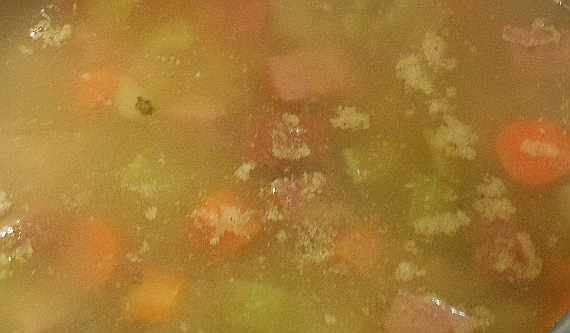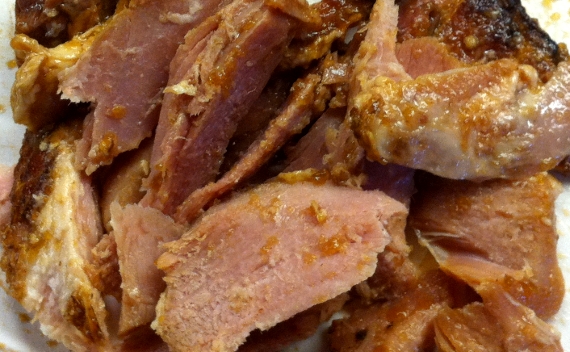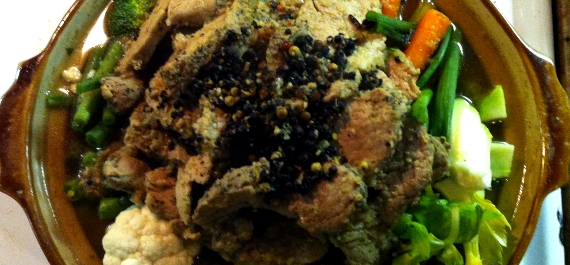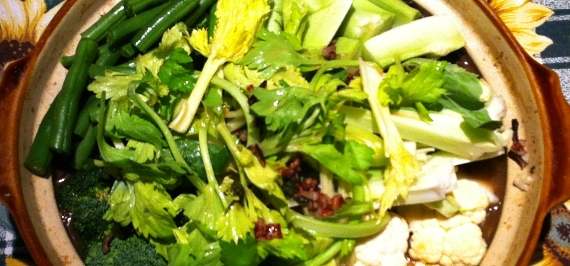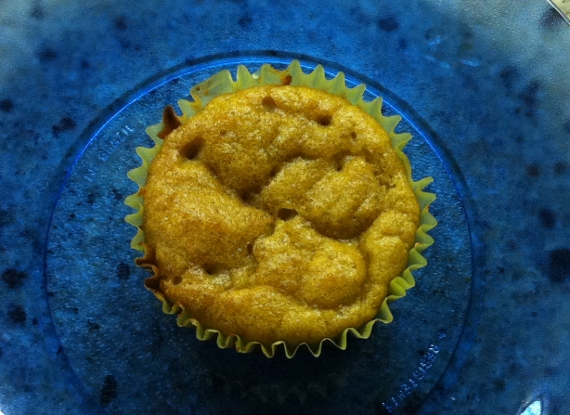Cheesy Lemon Thyme Millet Squares
I initially found this recipe on the back of an Arrowhead Mills puffed millet package I bought for my gingerbread marshmillets. Using the millet in a savory dish sounded interesting, and I was wondering how else I could use puffed milled beyond cereal and bird seed. The original recipe called for sharp cheddar cheese and wheat-based pastry flour, so I had to alter the recipe. Since I was making substitutions to the recipe anyway, I opted for a “chia egg” rather than the standard chicken variety and thyme rather than dill.

Honestly, replacing the sharp cheddar with cheddar-style shreds was a mistake. I have discovered I do not actually like Daiya’s cheddar; they taste is very strong and rather off. I do hope they change their recipe soon. The only recognizably cheddar-like property of these shreds is the color; otherwise, they taste like mildly cheesy peas. It was very hard to mask the pea flavor even after I added more spices. The only way I was able to mellow the flavor was to add sliced avocado on top; hummus or chicken salad might also work. I’m sure including real cheddar cheese would taste lovely. Maybe I will try Daiya’s Pepper Jack-Style Shreds in the future to improve my dairy-free version of the squares.
Cheesy Thyme Millet Squares
These can accompany entrees in lieu of bread or can be used as appetizers topped with various spreads, like hummus, tempenade, or bruschetta.
Yields 9 servings
Ingredients
1 C Daiya Cheese-Style Shreds
1 tsp Fresh Thyme Leaves
1 Pinch Fine Grain Sea Salt
1/2 tsp Fresh Minced Garlic
Dash Sweet California Paprika
1/4 tsp Smoked Spanish Paprika, more to taste
1/8 tsp Ground Mixed Peppercorns
3 T Earth Balance Spread, melted
1/2 C Fine Ground Buckwheat Flour
1 Chia Egg (1 T Ground Chia Seeds + 4-6 T Filtered Water)
1/4 tsp Baking Soda
1 Lemon, juice of
2 C Puffed Millet Cereal
Topping (see description above), optional
Directions
Preheat oven to 375F. Grease an 8″ square baking dish.
In large mixing bowl, combine the cheese, thyme, seasonings, spread, flour and baking soda. Stir in the lemon juice. Fold in the millet. Bake for 25 or until the top starts to brown. Cut into squares. Decorate as desired. Serve warm.







